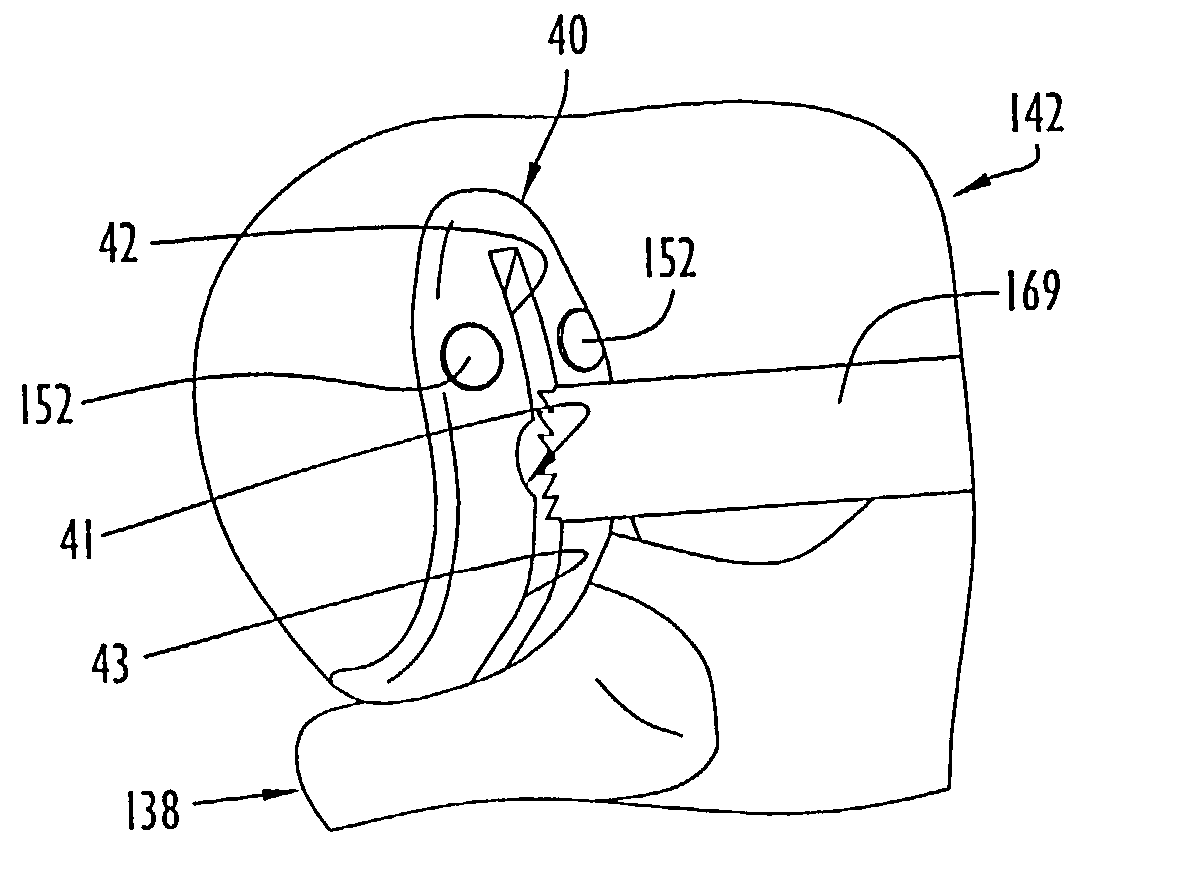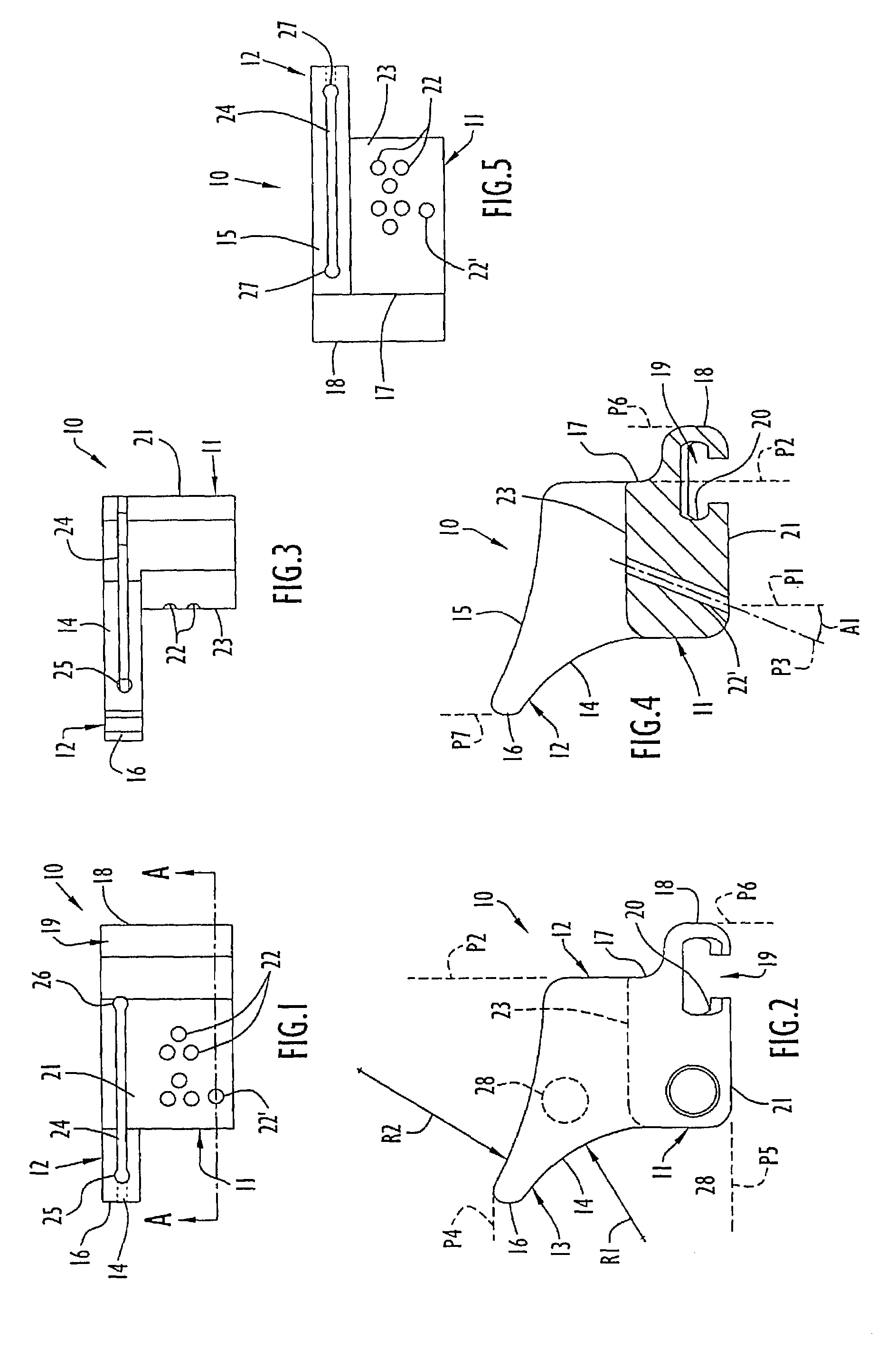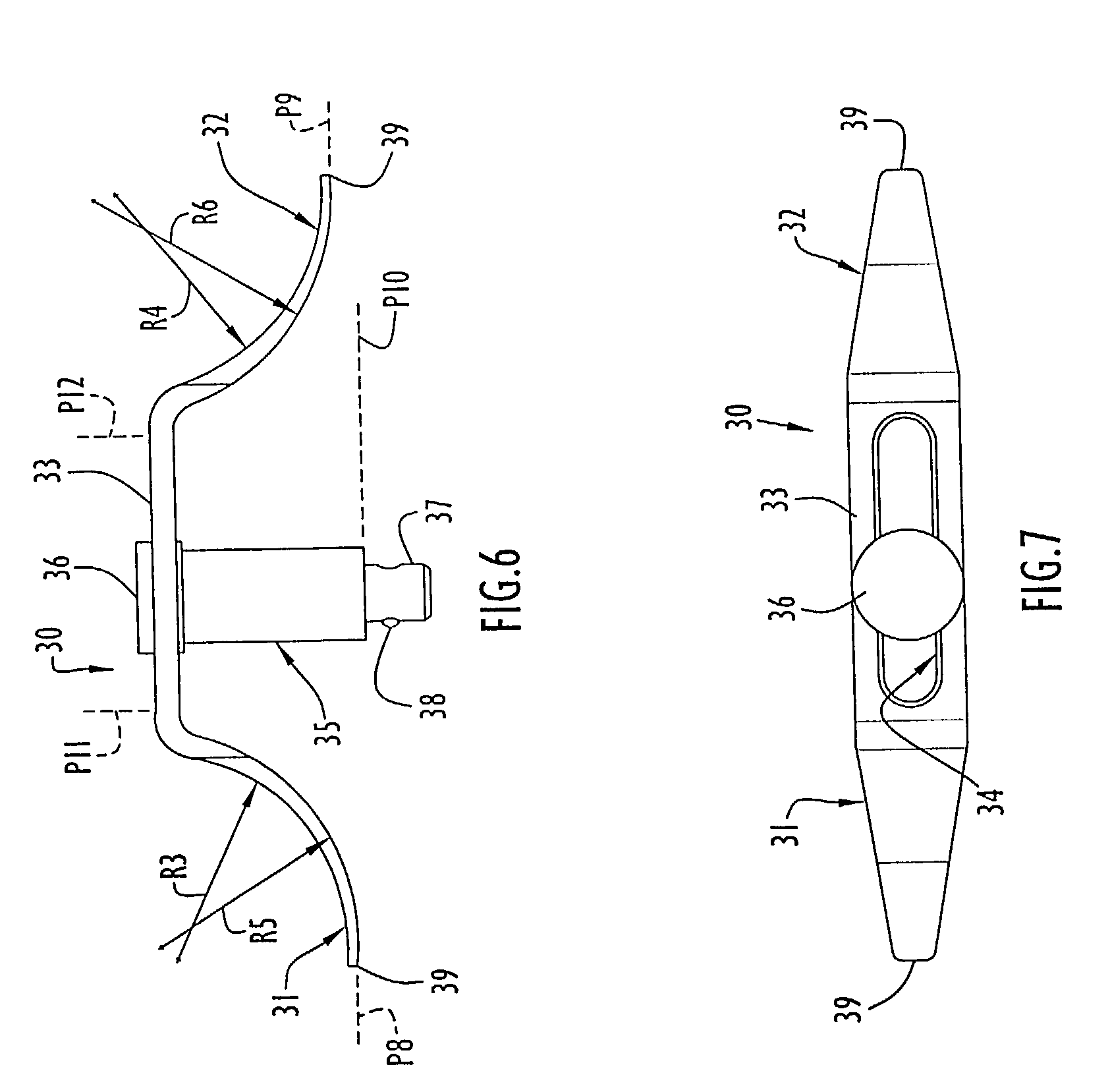Methods of minimally invasive unicompartmental knee replacement
a knee replacement and unicompartmental technology, applied in the field of knee replacement procedures, can solve the problems of difficult to achieve reproducible clinical results, relatively large incisions with significant exposure, and the traditional unicompartmental knee replacement technique is very technically demanding, so as to facilitate the preparation of the proximal tibia, facilitate the application of a tibial cutting guide and/or a tibial stylus, and promote reproducible and accurate bone preparation
- Summary
- Abstract
- Description
- Claims
- Application Information
AI Technical Summary
Benefits of technology
Problems solved by technology
Method used
Image
Examples
Embodiment Construction
[0112]The instruments and methods of the present invention relate to implantation of knee joint prostheses and, in particular, to minimally invasive unicompartmental implantation of knee joint prostheses, especially the knee joint prostheses disclosed in the concurrently filed non-provisional patent applications entitled Knee Joint Prostheses, Prosthetic Femoral Components and Prosthetic Tibial Components, the entire disclosures of which were previously incorporated herein by reference. Accordingly, the knee joint prostheses and the prosthetic femoral and tibial components discussed herein include the knee joint prostheses and the prosthetic femoral and tibial components disclosed in the aforementioned patent applications. It should be appreciated, however, that the instruments and methods of the present invention may be used or adapted for use with other knee joint prostheses and may be performed using open surgical techniques. Although the instruments and methods of the present in...
PUM
 Login to View More
Login to View More Abstract
Description
Claims
Application Information
 Login to View More
Login to View More - R&D
- Intellectual Property
- Life Sciences
- Materials
- Tech Scout
- Unparalleled Data Quality
- Higher Quality Content
- 60% Fewer Hallucinations
Browse by: Latest US Patents, China's latest patents, Technical Efficacy Thesaurus, Application Domain, Technology Topic, Popular Technical Reports.
© 2025 PatSnap. All rights reserved.Legal|Privacy policy|Modern Slavery Act Transparency Statement|Sitemap|About US| Contact US: help@patsnap.com



